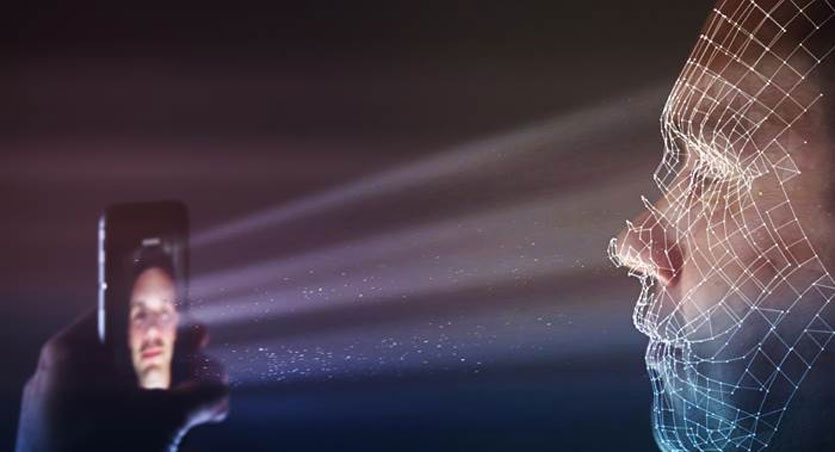News about biometrics on the Internet with enviable regularity, as well as various rumors, often alarming. Before writing this material, I asked almost everyone I knew if they had provided their data in the Unified Biometric System (UBS), and most of the answers were negative. And some didn’t even know what it was.
I have not heard any arguments against the transfer of voice samples and photographs of faces in places of biometric data really weighty argument.
Most people do not really trust this method of identification at the state level, they are afraid of leaks and do not show what biometrics is, what its pros and cons are, how to submit it, and, if desired, delete it.
In the end, I figured out most of the questions myself, and I’m sharing them with you. Read, remember and decide whether you need to personally connect to biometrics or not.
What is biometrics
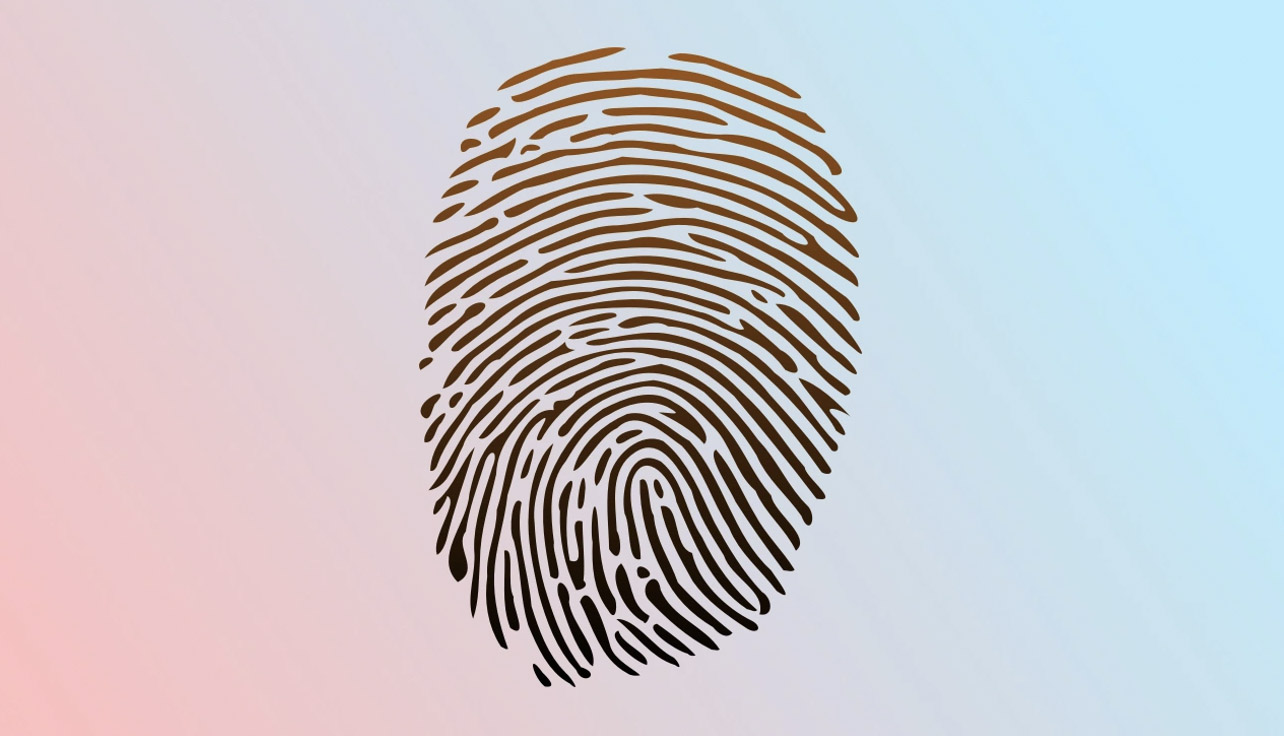
Every person has physical characteristics that can be used to measure or verify identity. There are currently five such characteristics:
● fingerprints
● three-dimensional photograph of a face
● voice recording
● photo of iridescent eye treatment
● pattern of veins on the palm
The first of these data types has been widely used in the world of mobile gadgets for many years. Yes, every time you unlock your smartphone, pressing your finger against the gadget’s fingerprint scanner reads your biometrics. The owner of iPhones with Face ID is very familiar with the second type, because unlocking or confirming payment “by face” also verifies the identity using biometric data.
They saythat biometrics are collected for everyone to observe. Moreover, a person with such attention necessarily has a smartphone that has already collected and stores biometric data. Apparently, it is foolish to be afraid of giving away your brands to state-owned companies and not at all to be afraid of European companies, which have a greater chance of being compromised.
In our country, the collection and storage of biometric data of citizens is carried out by the Unified Biometric System (UBS), created on the initiative of external relations and mass communications of the Russian Federation and the Central Bank of the Russian Federation.
To submit biometrics to the EBS, you must submit an image of your face and a voice recording. These characteristics will officially identify you and you will have access to different services depending on the type of biometrics you have.
What types of biometrics exist

Currently, the Unified Biometric System stores three types of biometrics: simplified, standard and verified.
They differ in service delivery and service delivery methods.
📍 Simplified biometrics – You can submit it in just a few clicks in the State Services application if you have a verified account.
📍 Standard biometrics – To submit it, you must have a new international passport with a chip, a phone with NFC and a confirmed State Services account.
📍 Verified biometrics – to submit it, you must personally come to the MFC or bank office with your passport and SNILS (the list of banks can be found on the EBS website).
The validity periods of biometrics also correspond: simplified and standard practice is 3 years, confirmed – 5 years.
Essentially, simplified and standard biometrics is digital passport light, which you always have on your smartphone. With its help, you can pay for transport, go to the office, verify your identity at a checkpoint, or apply for an eSIM card without leaving your home.
If you have verified biometrics, it is equivalent to a full physical passport. With it, you can remotely receive banking services (for example, open an account, apply for a loan) or issue an enhanced qualified electronic signature, with which you can even sell apartments without getting up anywhere.
How I passed standard biometrics

As I wrote above, to submit the biometric kit you need a confirmed account in the State Services and a new type of international passport with an NFC chip. I have both, so the process literally took a minute.
So here’s what I did:
1. downloaded the “Government Services Biometrics” application from the AppStore
2. I logged into my personal account using my username and password from the State Services application.
3. On the “Profile” tab, the “Standard” option is selected
4. Pointed the smartphone camera at the main page of the passport
5. I placed my smartphone on the same page to read the NFC tag
6. Took a selfie
7. The numbers that appeared on the screen were spoken by voice
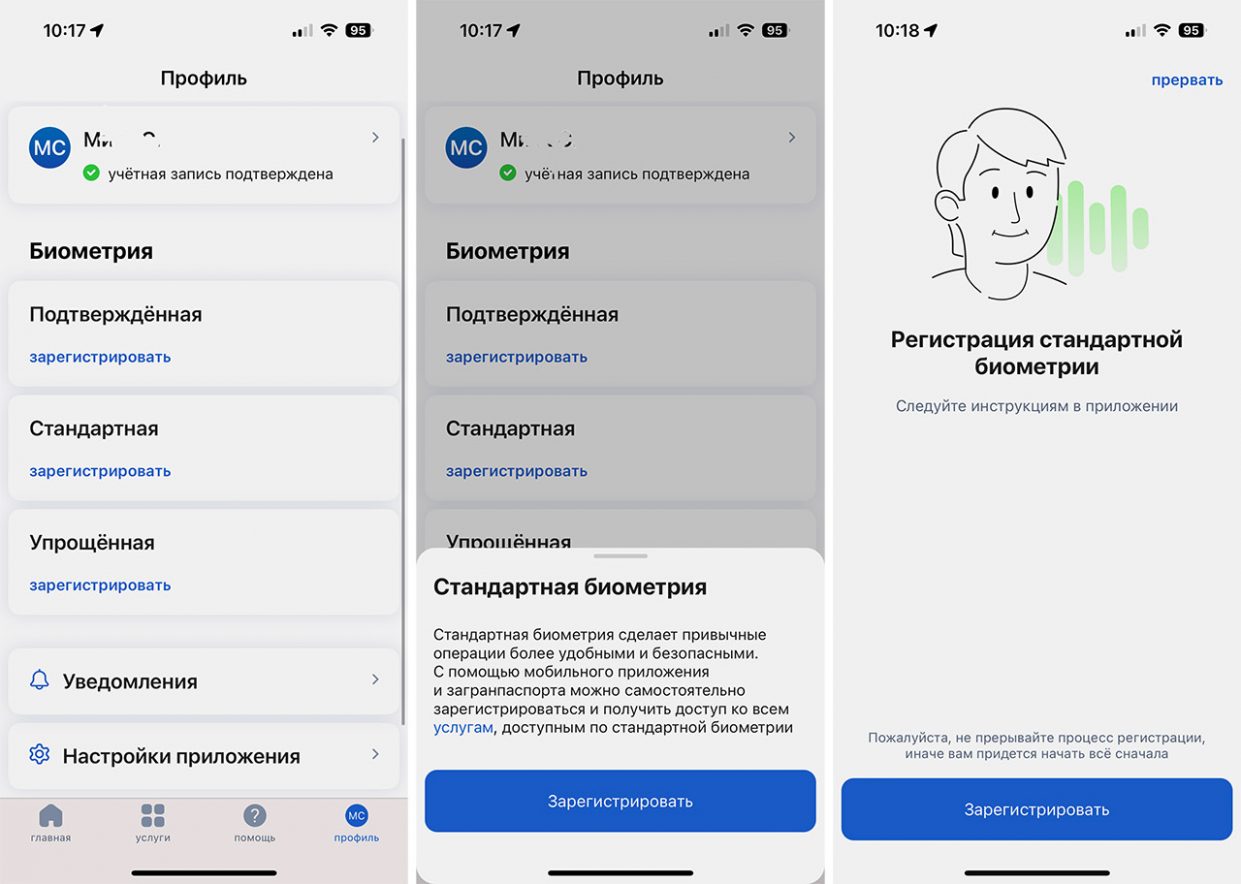
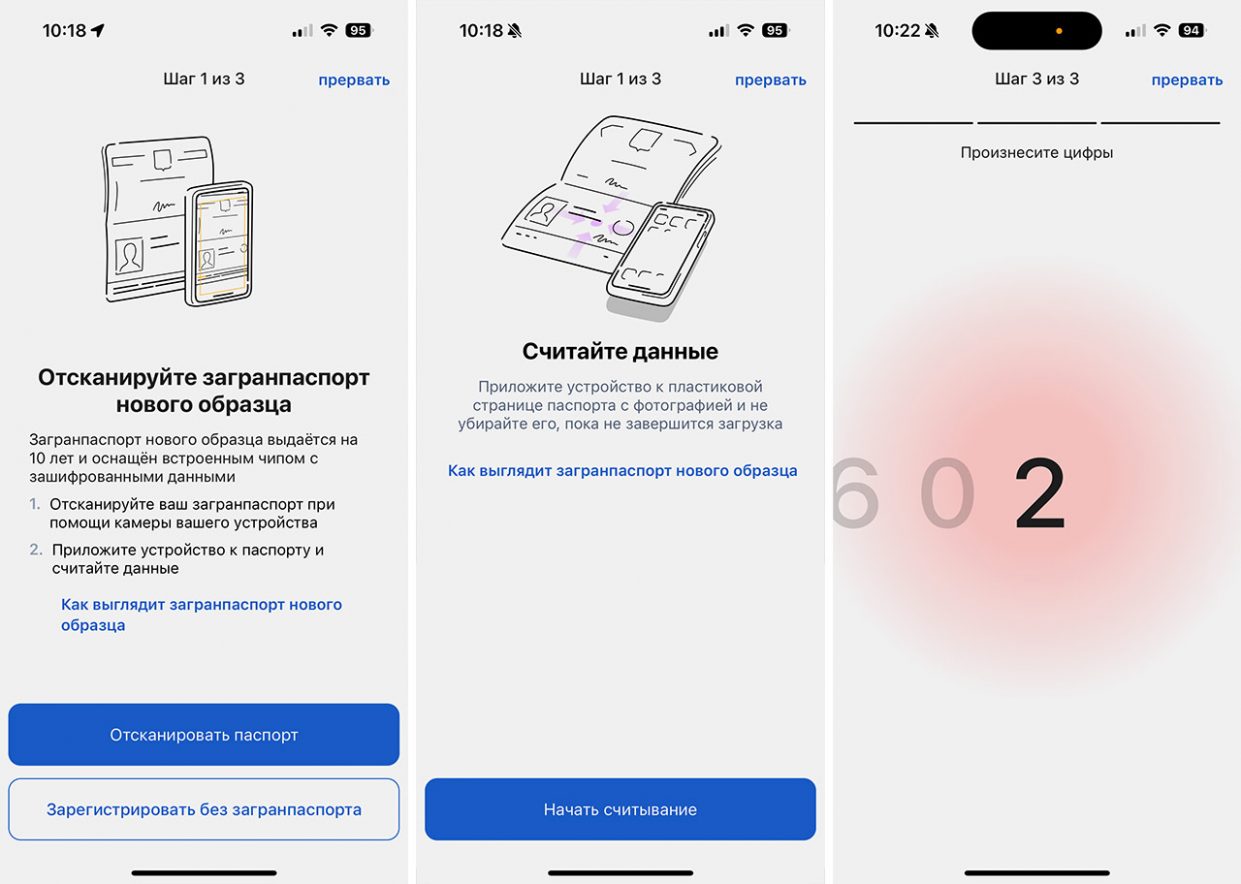
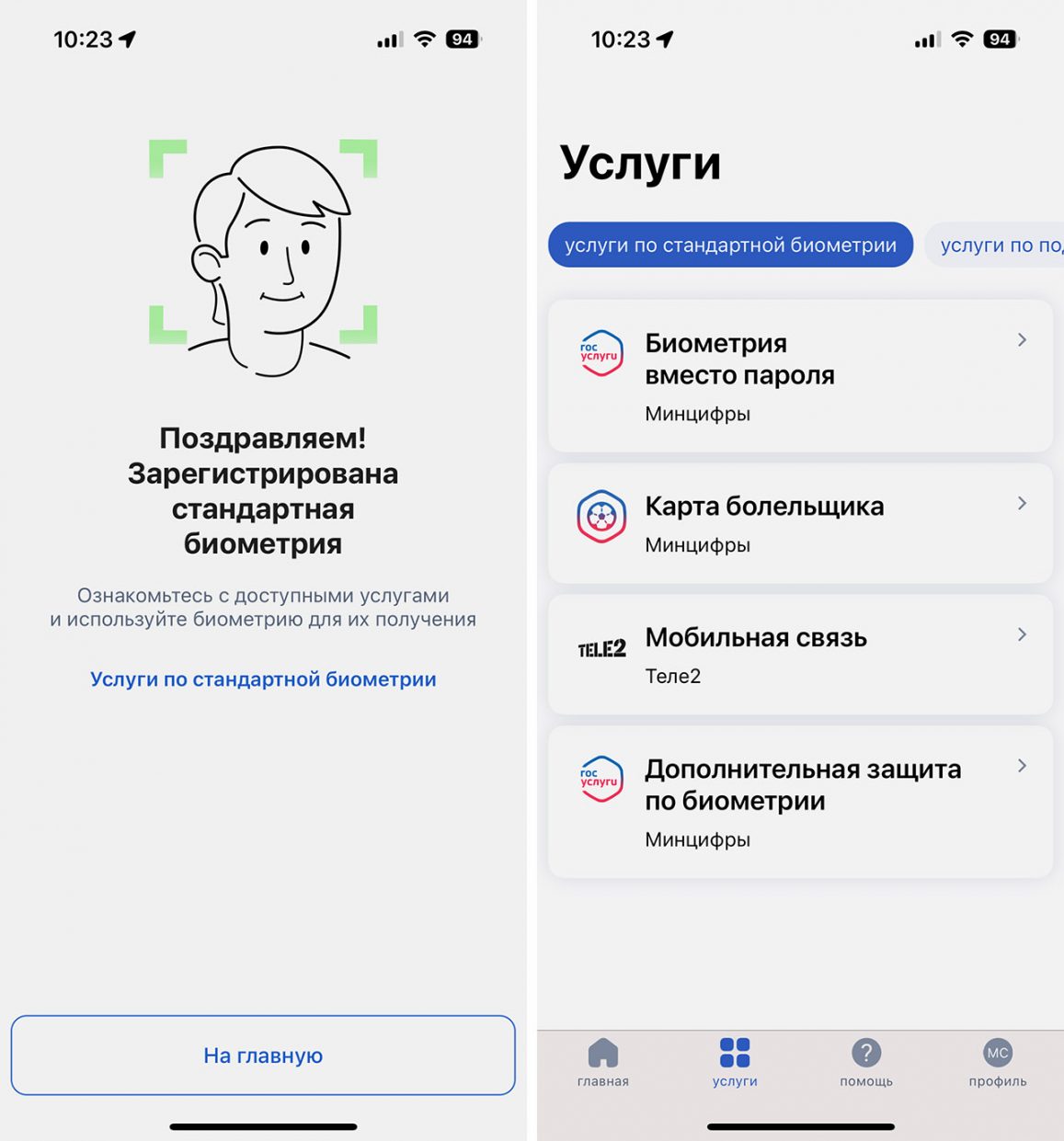
That’s it, standard biometrics have been passed. Valid until 2026.
The solution is free and as clear as possible.
Why did I even take this biometrics?
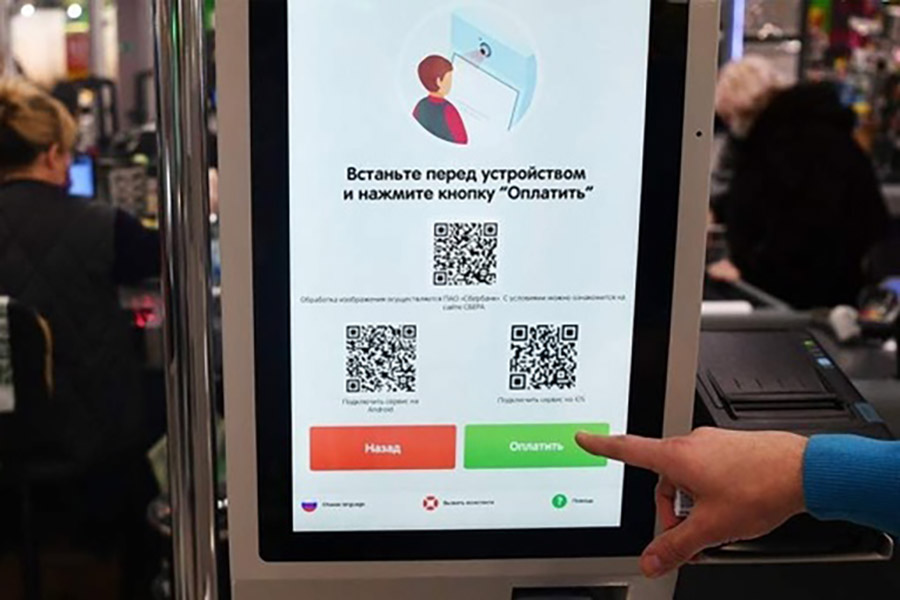
Now I can pay for my purchase just by looking at the camera.
Of course, this is a personal matter for everyone. Personally, I’m interested to see how useful biometrics are in everyday life. No rumors, try it yourself.
I have already seen Sber terminals through which you can “pay with a smile” (that is, you need to look at the camera and the device will recognize me by my face), and you also need to look at how to pass through the turnstiles in the metro using the same system. We will definitely share our impressions after some time.
In any case, my data will not be able to be used by attackers, even if my biometrics are stolen, to take out a loan or issue a power of attorney. These capabilities are provided to the owner of verified biometrics, which I do not have.
How to remove your biometrics from the Unified Biometric System
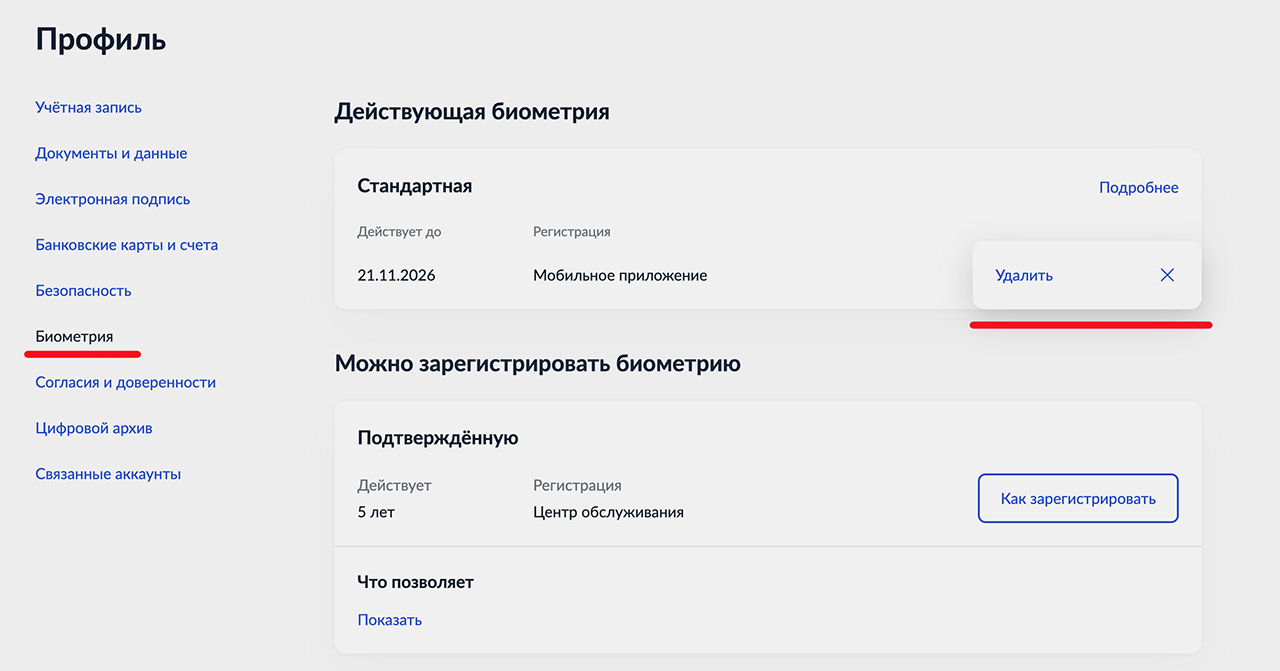
Submitting your biometric data is voluntary. As well as the desire to take them back. To do this, you now need to log into your account on State Services, in the “Biometrics” section, simply click on the icon with three dots and select “Delete”.
You can also come to the MFC and write a statement. After this, your data will be deleted from the EBS within 5 days.
From January 1, 2024, Russians in their personal account of the State Services will have the opportunity to propose or revoke an agreement for the processing of biometric data in the EBS.
I won’t delete it for now. The experiment must continue.
I passed the biometrics – now my privacy is at risk?
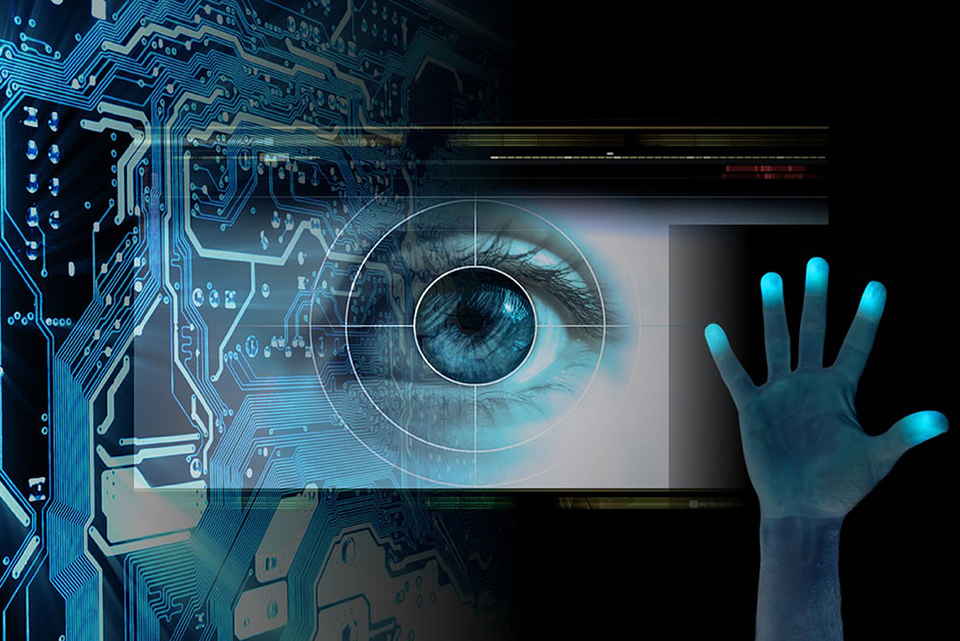
This is the most common “horror story” that I have heard from friends and acquaintances. But if you look at it, it’s not so scary. Biometrics are stored only in the Unified Biometric System and are not copied anywhere. Identification occurs as follows:
You approach a bank terminal where there is no biometric payment and no camera surveillance. The camera reads your face and transmits the data to the EBS, where the information provided is searched and compared with the database. If you have already provided biometrics, EBS will find your profile, compare the image and send the “okay” to the terminal where you are standing. That is, just confirm that you are you. Without transferring your data from the bank database.
Plus, the biometric template is stored in an impersonal form separately from my medical data, such as first and last name, passport data, SNILS and others, which are in the ESIA database on the State Services portal. That is, double protection works.
No worse than setting up Face ID
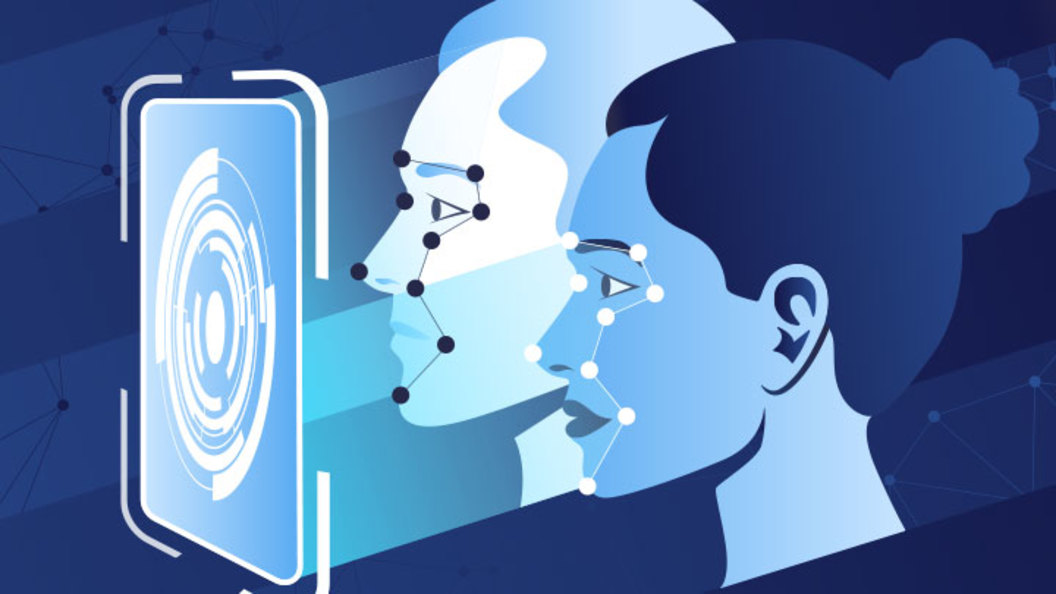
I weighed the pros and cons of registering my biometrics for a long time, and in the end I did it. First of all, out of curiosity, and to tell you what it is all about.
Perhaps in the future this will be useful when visiting the MFC, but for now I’ll just observe and compare, it has become easier to exist in a metropolis with a similar passport format. We are not encouraging you to do the same, just know: there is nothing scary in biometrics.
Well, with the news that alcohol and tobacco will be allowed to be purchased using biometrics in Russia next year, things have generally become calm. You should definitely try it to see how it works.
Source: Iphones RU
I am a professional journalist and content creator with extensive experience writing for news websites. I currently work as an author at Gadget Onus, where I specialize in covering hot news topics. My written pieces have been published on some of the biggest media outlets around the world, including The Guardian and BBC News.






